Do Cats Get JEALOUS of Dogs? (And How to Deal With It)
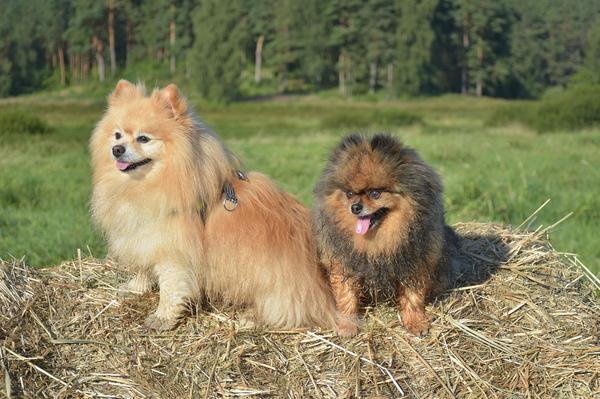
Ever feel like your house is on the verge of becoming a battlefield?
You got your lovable pup, tail wagging, ready to lick your face off. 😍
And then there's your moody feline, staring daggers at the canine invader.
I get it.
The mere thought of a cat-dog turf war can make your heart race faster than a Greyhound chasing a squirrel.
But fear not, my concerned friend.
Sit back, relax, and let's dig into the universal question:
Do cats get jealous of dogs?
Let's find out together, shall we?
Addressing Jealousy in Cats Towards Dogs: Tips and Techniques
Dealing with jealousy in cats towards dogs can be challenging. 😾

However, with time, patience, and understanding, you can help them overcome this behavior.
Here are some tips and techniques to address jealousy in cats towards dogs:
- Gradually increase the amount of time they spend together. Start with brief supervised interactions and gradually lengthen them over time.
- Identify and address the underlying causes of jealousy. Is it because more attention is given to the dog? Or maybe there's a new kitten in the house? Find out and address it accordingly.
- Provide one-on-one time for your jealous cat. Spend quality time engaging in activities they enjoy to make them feel special.
- Create separate spaces for cats and dogs within the house. This allows each pet to have their own territory and reduces potential conflicts.
- Use positive reinforcement to reward good behavior. When both pets interact calmly and peacefully, praise and reward them with treats.
- Avoid favoritism. Treat each animal equally and provide equal attention to prevent feelings of jealousy.
- Consult with a professional or a veterinarian specializing in animal behavior for additional guidance and techniques tailored to your specific situation.
Addressing jealousy takes time and consistency.
Be patient and create a peaceful environment where both pets feel loved and secure.
Main points I'll expand upon further down this article:
- Cats can experience jealousy towards dogs due to territorial feelings and disruptions to their routine.
- Signs of cat jealousy towards dogs include pushing themselves between their owner and the dog, swatting, and hiding.
- Jealous cats may exhibit behaviors such as hissing, scratching, spraying, and aggression towards other animals.
- Insecure cats may growl, hide, or eliminate outside the litter box.
- Environmental changes and the presence of babies can induce jealousy and insecurity in cats.
- Cats may bully dogs if they feel they are not getting what they want.
- Urine marking is a common issue for cat owners due to territorial communication.
- Proper socialization during kittenhood is key for cats to accept dogs later in life.
- Introduce new dogs gradually and maintain a consistent routine to ease anxiety and stress.
- Positive reinforcement and respecting cats' boundaries help build trust and strengthen the bond with dogs.
Recognizing the Triggers of Jealousy in Cats Towards Dogs
To figure out why your cat gets jealous of dogs, here are 11 key things to watch for:
- If your cat seems tense and rigid, you've got a trigger.
- Check if their ears flatten and their eyes narrow - signs of jealousy brewing.
- Large pupils? Yup, that's another clue of feline envy.
- Be on the lookout for excessive grooming or self-soothing habits when the dog is around.
- Cats can feel threatened by those territorial instincts dogs have.
- Watch out for any disruptions in their usual routine - it could be fueling their jealousy.
- Strange new scents, sounds, or movements from the dog can set them off.
- Different breeds might display different levels of jealousy.
- Your cat's own personality can also influence their level of envy.
- Pay attention if they're always squeezing themselves between you and the dog - a definite sign.
- Oh, and swatting or hiding when the dog's nearby? Yeah, more evidence of jealousy.
But wait, there's more!
Some other signs may include:
- Hissing, scratching, or spraying - aggression is definitely at play.
- Look out for insecurity being shown.
- Growling, hiding, or doing their business outside the litter box - all signals of jealousy.
- They might feel like they have no control over what's happening around them.
- Any negative reactions to big changes in their environment? Jealousy could be to blame.
- And yes, the presence of babies can make them feel insecure and jealous.
By recognizing these signs, you'll gain a better understanding and be able to tackle your cat's jealousy towards dogs head-on. 😺
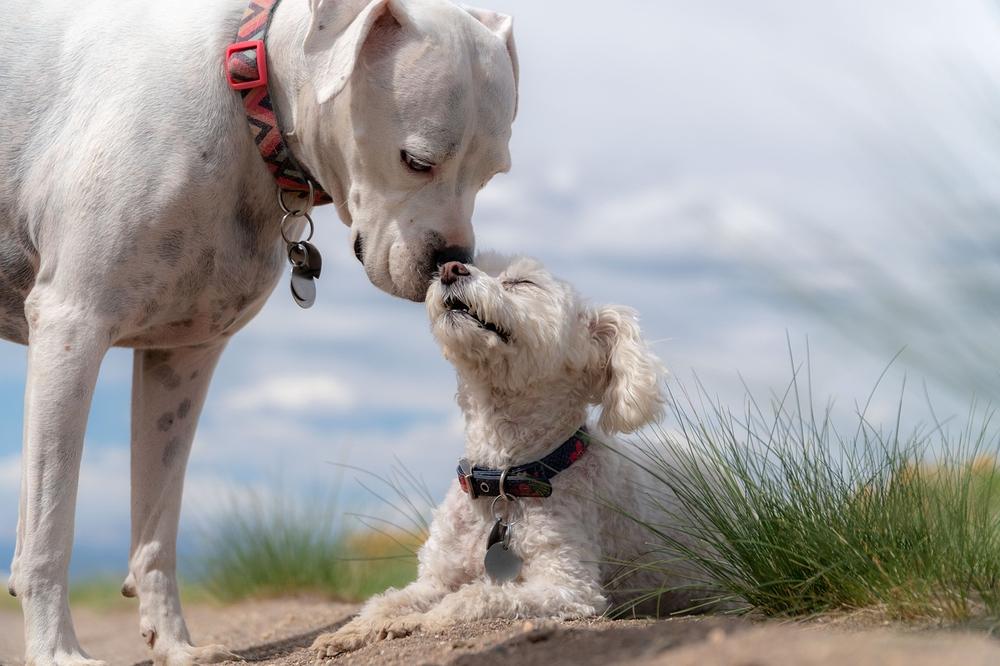
And if you've noticed any of these signs of jealousy in your beloved feline companion, don't worry, because I've got you covered.
In my article, Why Is My Cat Bullying My Dog, I provide valuable insights and effective solutions to help you stop your cat from bullying your dog.
Find out how to restore peace and harmony in your home with my expert guidance and tips.
Managing Resources to Prevent Jealousy in Cats Towards Dogs
Each pet needs their own resources
You know, when you have both cats and dogs, they can sometimes have a rocky relationship.
But don't worry, I've got a solution for you.
To prevent jealousy in cats towards dogs, you have to manage their resources. Here's the thing: each pet needs their own toys, scratching posts, and comfy resting spots.
When your pets feel like they have everything they need, there's less competition for resources, which helps minimize triggers for jealousy.
It’s all about creating harmony and balance in your furry household.
Watch out for bullying and urine marking
I'm going to let you in on a little secret. When cats don't get what they want, they can resort to bullying poor dogs.
Yeah, it’s not fair at all.
So, make sure you give both your cat and dog equal amounts of love, attention, and playtime.
This will go a long way in avoiding any feelings of resentment or jealousy.
Oh, and speaking of tricky behaviors, cats may engage in something called urine marking (yikes!).
This is when they leave stinky little puddles around the house to claim territory and communicate their status.
Not fun...for anyone.
Keep things separate and give them space
To keep the peace between your furry friends, here's what you should do:
When you first introduce a new pet to the household, provide separate areas for each animal.
Let them adjust to the newcomer at their own pace.
Give each of them their own safe zone where they can retreat and relax without worrying about "the other one." This will help alleviate anxiety and reduce the chance of aggression. Remember, prevention is key... By taking these steps, you're setting up a peaceful coexistence for your furry pals.
And trust me, your home will be a lot happier because of it.
To get straight to the point: Further down the blog post, I'll provide you with essential information on creating a safe and comfortable environment for both your cats and dogs. So keep reading to ensure a harmonious coexistence between your furry pals.
Introducing Cats and Dogs: A Step-by-Step Guide
Here's how to introduce cats and dogs:
- Let them get used to each other's smell.
- Swap bedding or use pheromone diffusers to help with the process.
- Take it easy and keep their interactions limited in the beginning.
- Slowly bring the new dog into the family dynamic.
- Make sure the cat is calm and comfortable.
- Stick to a routine that they both know.
- Gradually allow the cat to spend time with the dog.
- Use positive reinforcement to encourage acceptance.
- Help them build a bond.
You can help them feel more comfortable with each other by allowing them to smell each other's belongings or using designated sprays.
This step is extra important when your cat is young because it helps them accept dogs later on.
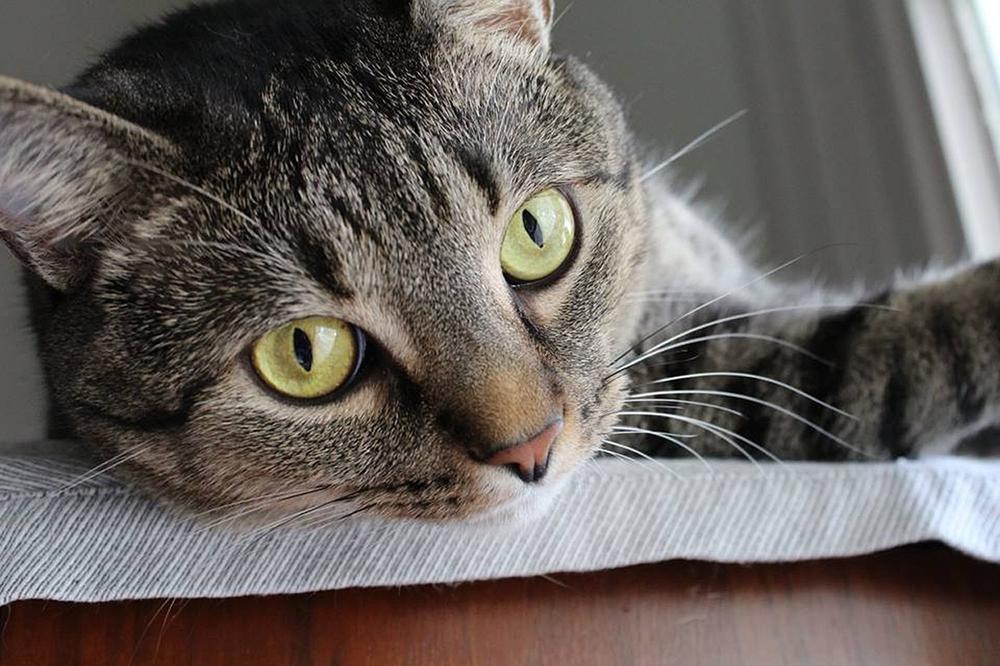
When introducing a new dog, take things slow at first to make sure everyone gets along.
Cats can get jealous if they're not properly introduced to a new puppy or dog, so helping them relax is vital. Keep a steady routine for both of them and gradually let them spend more time together.
Offering rewards and praise for good behavior will go a long way in getting the cat to accept the dog and build a friendship.
And now, let me share with you some tips on how to praise and reward both pets for calm behaviors and strengthen the bond between cats and humans...
Building Positive Interactions Between Cats and Dogs
Reward and praise your pets when they calmly interact, like sitting together peacefully or showing curiosity without aggression.
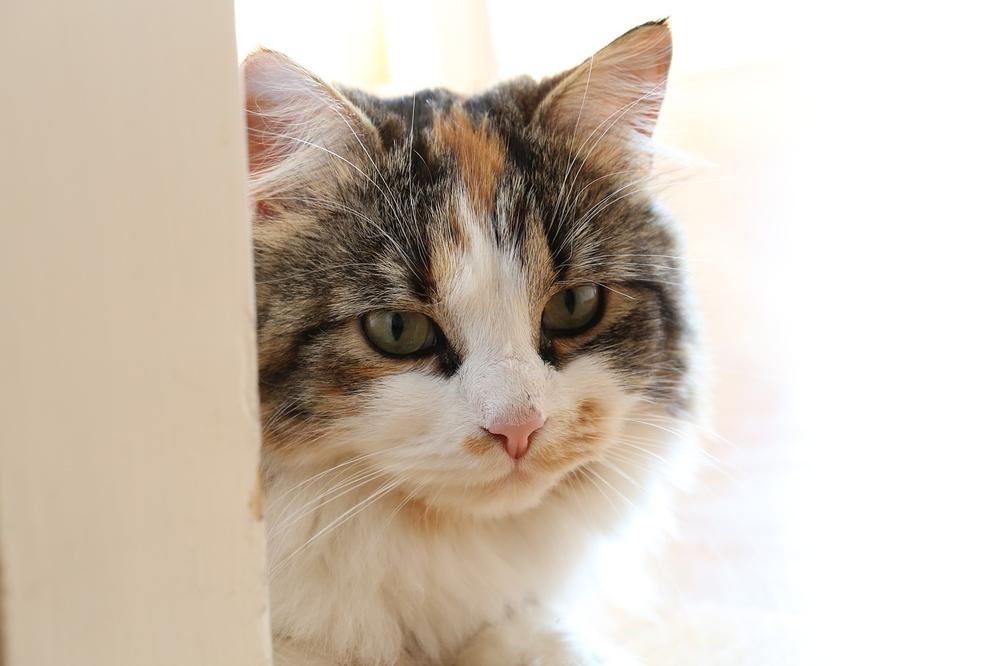
Positive reinforcement is vital in teaching cats to accept dogs and encouraging good interactions.
Let cats decide when they want our company, respecting their boundaries.
When it comes to petting, honor their preferences. Engage in activities that challenge their minds and bodies to strengthen the bond between humans and feline companions.
Creating a Safe and Comfortable Environment for Cats and Dogs
To do that, here are 10 simple steps you should follow:
- Cats love to climb, so make sure you have vertical structures or shelves for them.
- Give your cats elevated spaces where they can watch dogs without feeling threatened.
- It's important for cats to feel like they have control over their surroundings.
- Changes in the environment or feeling excluded can trigger anxiety in cats, so try to alleviate that.
- Cats need their own space to retreat and adjust at their own pace, so provide that for them.
- When introducing new family members or animals, take it slow and be cautious.
- Construction work can cause anxiety, but you can minimize it by using white noise machines or sound barriers.
- Cats thrive in a steady and consistent environment, so try to maintain that for them.
- Each cat deserves attention and time individually, so make sure you give it to them.
- Consistency and reassurance can help reduce anxious behavior and any potential jealousy.
Creating a safe and comfortable environment for your furry friends requires patience, understanding, and a commitment to their well-being.
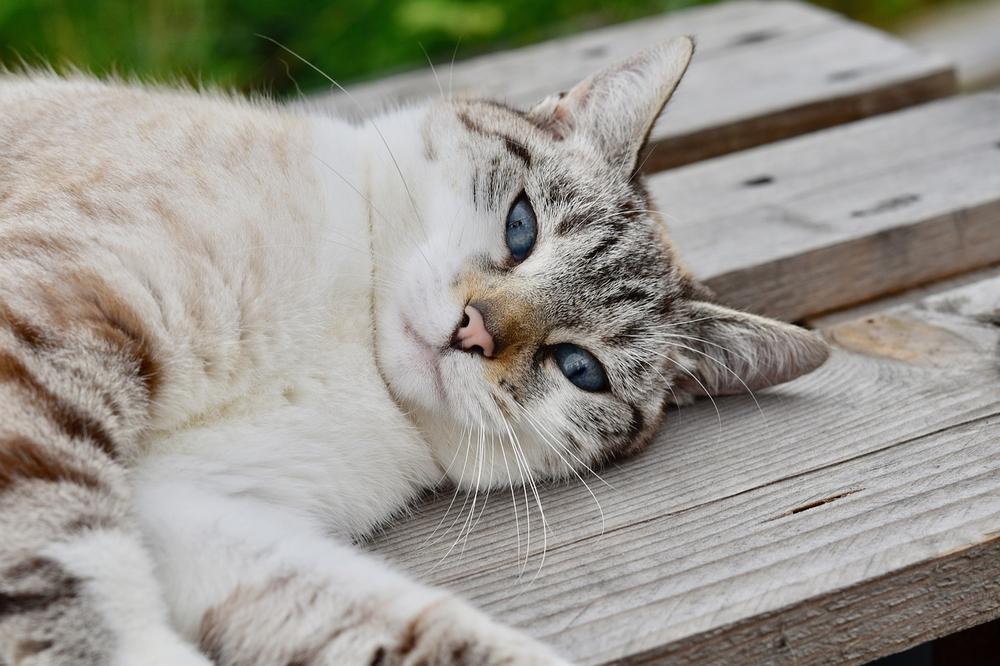
You can do it! 🐱
And that wraps up today's article.
If you wish to read more of my useful articles, I recommend you check out some of these: Cat Hissing but Friendly, Do Cats Have a Favourite Person, Why Does My Cat Cry When I Leave the Room, and Why Does My Cat Like Her Nose Rubbed
Talk soon,
-Sarah Davis